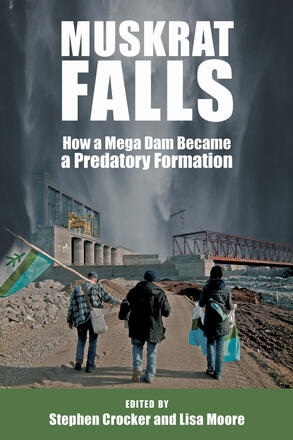
Description
For more than a decade now, the $13 billion Muskrat Falls hydroelectric project has been generating a never-ending assemblage of crises in the public life of Newfoundland and Labrador. The dam’s promise of clean hydro power has been accompanied by menacing risks of methylmercury poisoning and catastrophic flooding that threaten people who live near the dam in Labrador. Meanwhile, the dismantling of public regulatory bodies, dubious investment finance, and the suppression of alternative energy sources have resulted in unmanageable public debt and a future of unaffordable heat and electricity.
Muskrat Falls: How a Mega Dam Became a Predatory Formation offers a multi-dimensional analysis of the social, political, and environmental problems generated by the hydro project. The volume covers Indigenous resistance to the dam, the role of journalism and social media, and the science and politics of methylmercury and geophysical stability. It contains scholarly essays, interviews, original artwork, photographs, and a short story impelled by Muskrat Falls.
Reviews
“This searing indictment—economically, scientifically, politically, morally, artistically—of the Muskrat Falls development is a must-read for anyone affected by, or concerned about, the future of Indigenous Peoples, the state, and hydro power, both in Labrador and in Canada generally."
- Daniel Macfarlane, author of Fixing Niagara Falls: Environment, Energy, and Engineers at the World’s Most Famous Waterfall
Muskrat Falls delves deeply and widely into what economically, environmentally and culturally ails the development....It's not light reading, but it is accessible, and given human face and voice where possible.
- Joan Sullivan, The Telegram